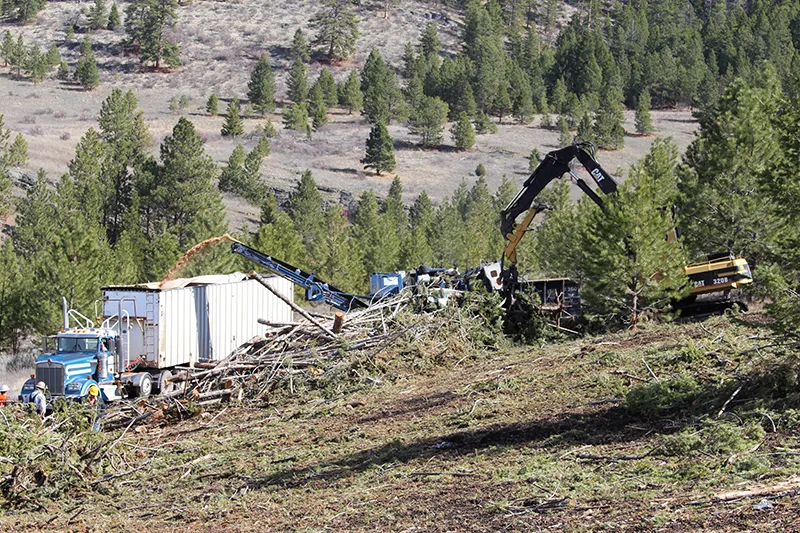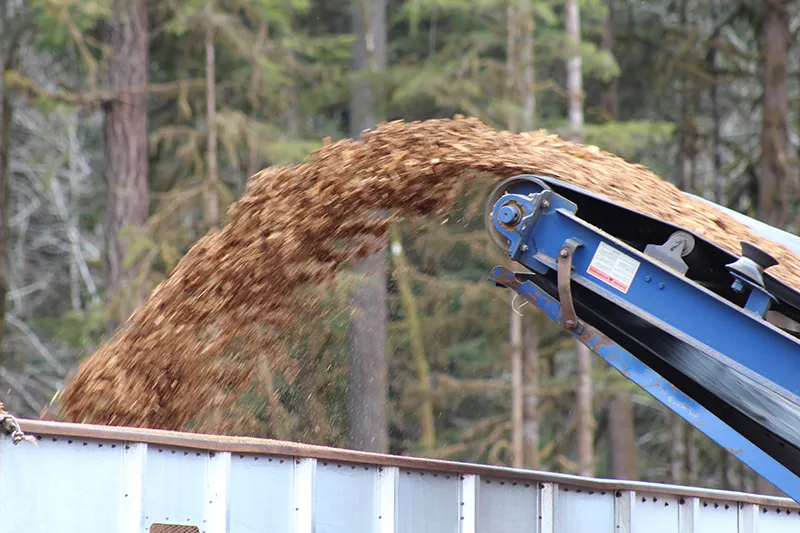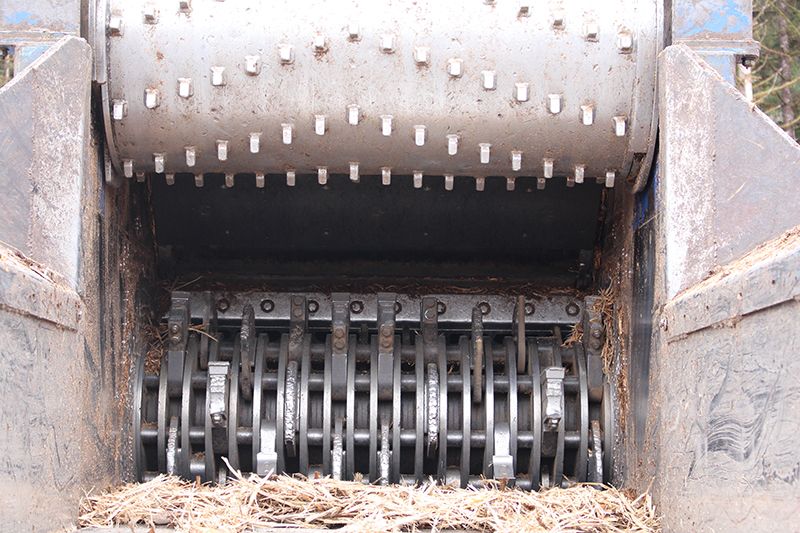Could Wood Scraps Fuel Planes?
Alaska Airlines powered a cross-country commercial flight using a new biofuel derived from wood waste
/https://tf-cmsv2-smithsonianmag-media.s3.amazonaws.com/filer/e7/db/e7db405c-7382-4a31-a401-2718c66c6464/hands-holding-wood-byproducts.jpg)
In a game-changing move, Alaska Airlines Flight 4 took to the sky last week in the first-ever commercial flight powered by a brand new wood-based biofuel, flying from Seattle to Washington, D.C. Through a clever innovation that turns wood waste, sourced from tribal lands and private forestry operations in Washington, Oregon and Montana, into a clean burning biofuel, the aviation industry is one step closer to lower carbon emissions.
The project, spearheaded by the Northwest Advanced Renewables Alliance (NARA) and funded by a $39.6 million grant from the U.S. Department of Agriculture’s National Institute of Food and Agriculture, is part of the aviation industry’s efforts to reach a carbon neutral zone by 2020. While advanced engine and airplane design and operational and routing issues can help airlines in that regard, at the end of the day, it’s really about the fuel.
“The majority of [the change] needs to come from alternative fuels,” says Patrick Gruber, CEO of Gevo, Inc. Gevo, a Colorado-based biofuels company, is the mastermind behind turning the wood cellulose fiber into jet fuel through its patented Alcohol-to-Jet (ATJ) methodology. “Otherwise you just can’t get there from here. The growth of the fuel demand is something in itself—basically 1 to 3 billion gallons per year growth. That’s the kind of volumes that would have to be offset for the future.”
The process isn’t simple, but the results are groundbreaking.
Wood waste, in the form of slash piles, trimmings and biomass, is subjected to a chemical process that uses enzymes to speed up the natural fermentation of wood sugars with the help of Gevo’s patented yeast. The resulting alcohol is then converted into jet fuel.
“This is the only time in the history of mankind that wood sugar’s been turned into jet fuel that I’m aware of,” says Gruber. “It’s a paradigm-breaker.”
Jet engines are incredibly tuned and refined pieces of machinery and can only burn on one type of fuel: kerosene. Any type of biofuel used within the airline industry must be certified. Obtaining that certification requirement involves extensive testing, not only by the biofuel scientists, but also by all of the different engine manufacturers. Military planes must complete numerous successful test flights.
“I believe it [the wood-based biofuel] has been in progress for about six years,” says Mike Wolcott, project co-director for NARA. “What we’re making is molecularly identical to petroleum-based fuels except out of bio-based materials.”
While the wood-based biofuel is new, the use of renewable biofuels within the aviation industry is not. In fact, Gevo fueled two commercial flights for Alaska Airlines in June using a 20 percent blend of renewable biojet fuel derived from U.S. corn. Gruber says that the company’s ATJ process can break down any sugars—whether they are in wood, sugar beets or corn—into isobutanol, and then turn it into jet fuel.
“It proves that we can use multiple sources of sugar,” says Gruber, noting that being able to use wood sugars, which are full of impurities and much more fibrous than food-based renewable carbons, is significant. “We can do wood or corn starch or beet sugar. Essentially, [ATJ] means that I could do this with whatever carbohydrate source from anywhere in the world, which makes it worthwhile on a global scale.”
Wood plays an interesting role in renewable fuel technology because it is plentiful and sustainable. Excess wood pulp from the lumber or carpentry industries, for example, or wood debris leftover from sustainable forestry is easy to obtain. It is also more environmentally friendly—not just as a straight switch from a fossil carbon to a renewable carbon, but in the resulting greenhouse gas emissions, because the carbon source burns differently.
“From our calculations,” says Wolcott. “This has a 70 percent reduction in greenhouse gas emissions in comparison to our conventional petroleum fuel.”
Gruber echoes Wolcott, but adds that the energy source to create the fuel—in this case it’s a mix of hydro and coal fire electricity—also needs to be considered in a full cradle-to-grave analysis. “A lot of the technology that people are looking at gets blurred because they think it’s [biofuels] anything that’s an alternative to oil, but that doesn’t work. You have to have a renewable carbon source plus do something about the energy as well.”
Gruber notes that’s why Gevo is looking to utilize a green energy source, like a wood burning furnace, for their plant in Minnesota.
Then, the next step is to scale up.
“We’re still working in small facilities,” says Wolcott, though Gevo is raising funds to build a larger plant. “We’re not getting the optimum scale yet.”
Regardless, the future of biofuels within the airline industry seems to be clear: they aren’t going anywhere. In fact, several biofuel plants using other standards, like ethanol or biodiesel, are already in production in the U.S. and Europe. In addition, the Seattle-Tacoma International Airport (Sea-Tac), Alaska Airlines and Boeing have recently joined forces to fund a study to understand the development and feasibility of infrastructure to bring biofuels into Sea-Tac to serve all of the airlines that utilize that airport.
“The aviation industry has been very supportive of moving to biofuels,” says Wolcott. “That’s because they see this as an absolutely necessary component for them to continue to grow in a global manner.”
/https://tf-cmsv2-smithsonianmag-media.s3.amazonaws.com/accounts/headshot/Kristen_A._Schmitt.jpg)




/https://tf-cmsv2-smithsonianmag-media.s3.amazonaws.com/accounts/headshot/Kristen_A._Schmitt.jpg)